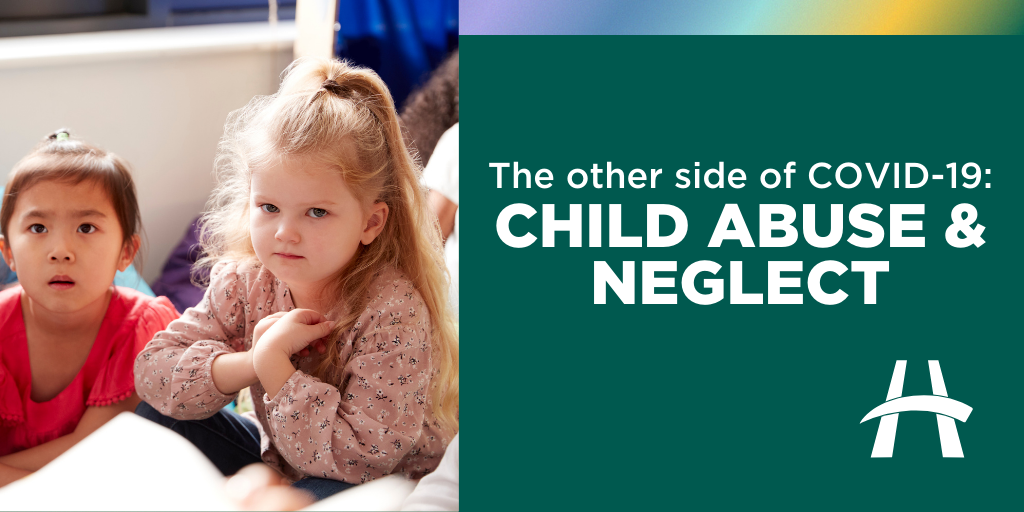
The other side of COVID-19: Increased risk factors for child abuse and neglect
32% of Canadian adults have experienced maltreatment as a child. View our fact sheet.
HAMILTON, ON – Some COVID-19 pandemic safety measures have had a negative impact on several aspects of children’s and teens’ health. While professionals are still gathering evidence about children’s experiences of maltreatment during the pandemic, risk factors have increased and children are particularly vulnerable to maltreatment because of this.
Child maltreatment, also known as child abuse and neglect, can cause serious physical and mental health problems in children. Child abuse and neglect includes physical abuse, sexual abuse, emotional abuse, neglect, and exposure to intimate partner violence – also known as domestic violence.
“Add the pandemic’s stressors to the mix and it’s more important than ever to be alert to signs and symptoms of child abuse and neglect in children so that we can intervene to support children and their families,” says Anne Niec, director of the Child Advocacy and Assessment Program at Hamilton Health Sciences’ McMaster Children’s Hospital (MCH).
“These risk factors include economic uncertainty, job losses and limited access to supports including friends, relatives and teachers, as well as healthcare and social services,” says Harriet MacMillan, psychiatrist and pediatrician with the program.
Teachers, neighbours, daycare providers, sports coaches and others who are typically involved in a child’s life outside of the home are often the ones who notice and report child abuse and neglect. With the pandemic, the stay-at-home orders and virtual learning, there is less opportunity to witness and intervene in these instances of child maltreatment.
During this time with only essential services continuing, HHS is encouraging healthcare and social service professionals to watch out for child abuse and neglect by being alert to signs and symptoms, inquiring about how children are doing, and how they are getting along with family members. Everyone can do their part by looking for the signs and symptoms associated with child maltreatment. Children may present with both physical and psychological symptoms.
What to watch out for in children:
- Serious or unusual injury without explanation
- Missing school (including remotely) without explanation
- Changes in behaviour, such as becoming withdrawn, aggressive, or sexually inappropriate
There are also things to watch out for in caregivers and their behaviour, which could point to child maltreatment.
What to watch out for in caregivers:
- Feelings of negativity, hostility or rejection towards a child
- Developmentally inappropriate expectations or interactions with a child, including inappropriate threats or disciplining
- Emotional unavailability and unresponsiveness
If you are concerned that a child may have experienced maltreatment or is at risk of harm, contact your local child protection agency – as they remain open during the pandemic.
For more information, please visit www.hamiltonhealthsciences.ca/mcmaster-childrens-hospital/patients-visitors/family-resources/the-other-side-of-covid-19/.
Resources
Child Abuse and Neglect Fact Sheet
Resource for healthcare and social service providers
– 30 –
For more information, please contact:
Wendy Stewart
Communications & Public Affairs
Hamilton Health Sciences
stewartwen@hhsc.ca
